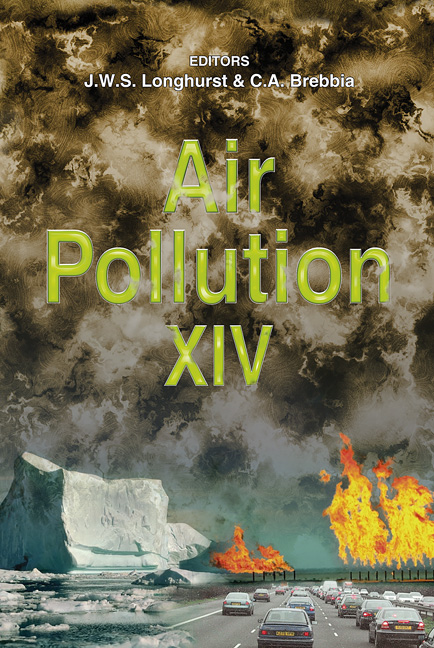A Model For PM2.5 Forecasting In Santiago, Chile
Price
Free (open access)
Transaction
Volume
86
Pages
5
Published
2006
Size
255 kb
Paper DOI
10.2495/AIR060101
Copyright
WIT Press
Author(s)
P. Perez & P. Rodriguez
Abstract
Given the evidence that concentrations of the fine fraction of particulate matter in the atmosphere are more strongly associated with health problems than concentrations of the coarse fraction, it seems very likely that in the near future air quality in large cities will be defined more on the basis of PM2.5 concentrations rather than PM10. We have developed a forecasting model for the maximum of the 24 hour moving average of PM2.5. The model is based on the neural network technique. Training is performed with historical data from four monitoring stations located in Santiago Chile and with relevant meteorological information in the city. Cross correlations between several candidate variables for input allowed the selection of a reduced number of them which are used in the final model. Results show that the developed model can be used as an operational tool for air quality management. Keywords: air pollution, forecasting, PM2.5, neural networks. 1 Introduction At present, air quality in Chile is defined in terms of the 24 hour moving average (24MA) of concentrations of particulate matter with diameter smaller than 10 microns (PM10). Although these particles are small enough as to penetrate the respiratory tract of humans, associations of long-term ambient PM10 concentrations with mortality have indicated that the most significant harm can be attributed to the effect of the fine fraction of PM10 (PM2.5, particles with diameter less than 2.5 microns) [1]. Environmental policies in the recent years in Santiago, Chile, as for example more strict control of emissions in industry, and replacement of old buses by new cleaner vehicles in public transportation have produced significant improvements in air quality in the city. However, this city
Keywords
air pollution, forecasting, PM2.5, neural networks.





